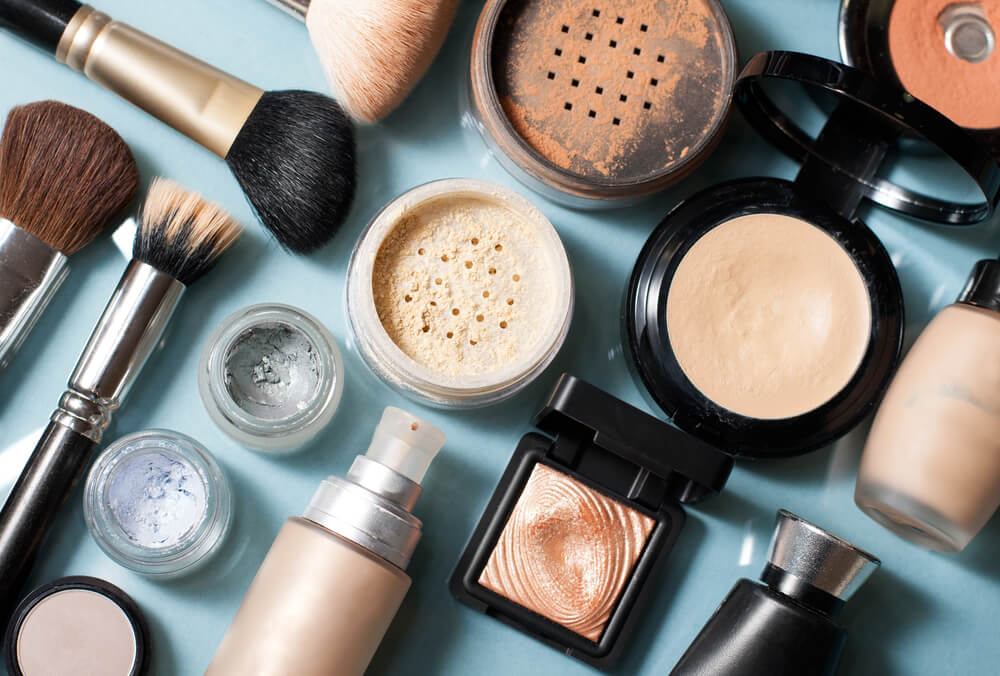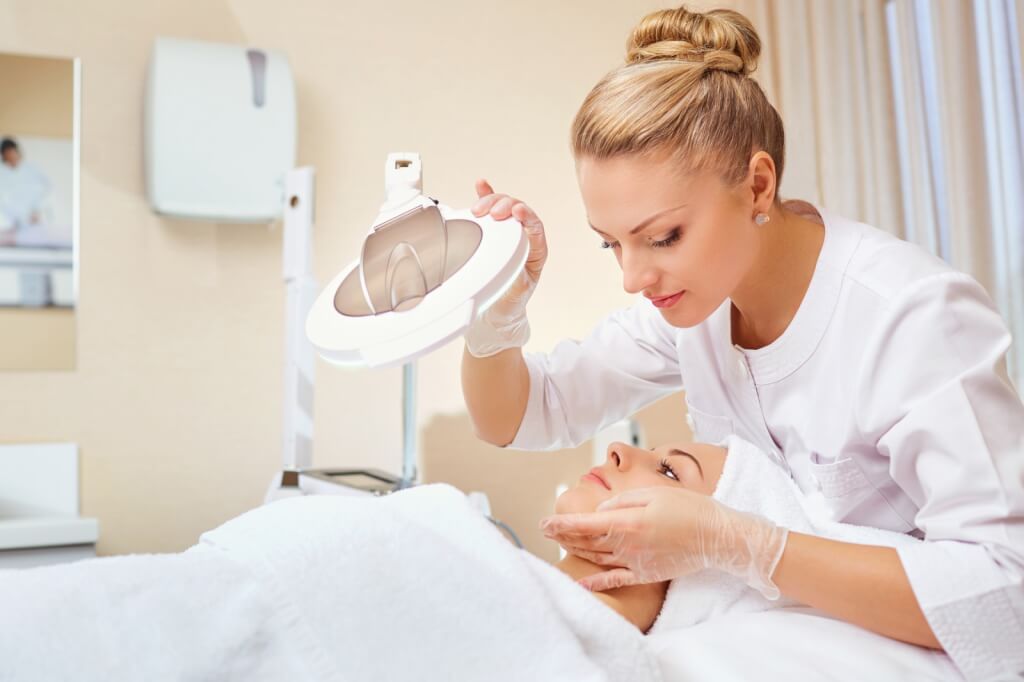Personal experience: how does the American clinic
'11.10.2018'
Source: tut.by
You better not be ill in New York. To begin with, the employer may not pay for nursing care. I work as a beautician in the spa, and we have all the holidays - at their own expense. True, the number of days of vacation is not limited, and some employees take a month or two of rest in the summer, earning it with shock labor in the winter.
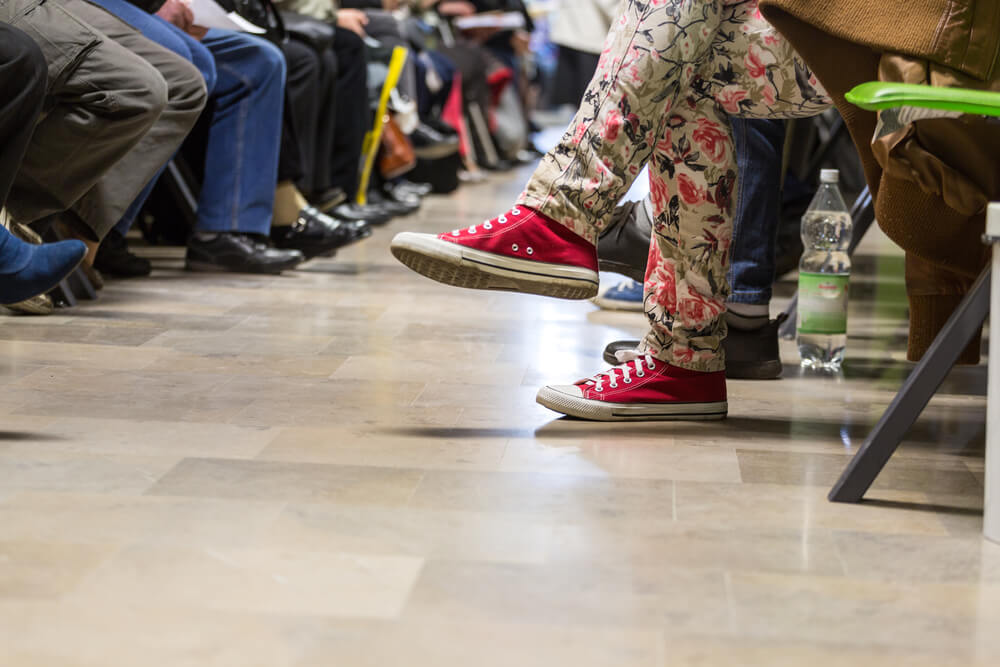
Continuing notes on New York on tut.by, blogger Alisa Ksenevich writes: “I do not pretend to be true, but I share the feeling of the city in which I lived for nearly five years, celebrated my 30th birthday and where I plan to live happily ever after. If these observations are interesting to you, if they broaden your understanding of Americans and American culture, then neither mine nor your time is wasted. ”
When we discuss the topic of health insurance, each employee has her own “scary” story.
Kristen sprained her wrist, doing a laser rejuvenation procedure for the client (the procedure lasts 25 minutes, and during the procedure, the beautician, bent over in three deaths, makes rapid rotational movements with the tip through which the laser charge goes) There was no question of continuing to work. All procedures imply handwork. Kristen spent three weeks at home - the minimum amount of time needed to recover from an injury. During this time, a single mother did not earn a cent, and in fact many in New York live from paycheck to paycheck, without having to reserve a couple thousand dollars to pay rent.
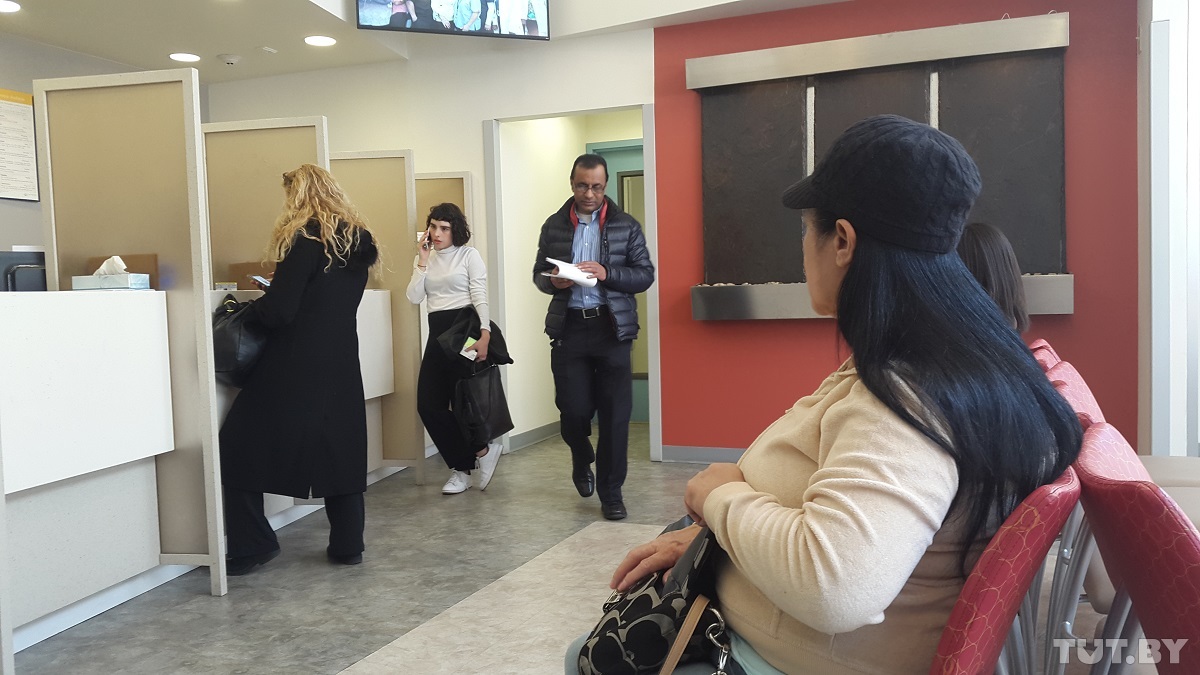
Another friend of mine slipped on the threshold of the laundry and broke her shoulder. An ambulance arrived, Olga was taken to the hospital. First of all, they asked about medical insurance - Olya did not have it. Then they found out the amount of income - based on this, the patient is given or does not receive a discount on medical services.
Typically, hospitals operate the so-called budget program that helps people with low income to pay medical bills.
Olya was given a discount (she deliberately lowered her income in the hope that the hospital administration would not verify the truth of the information), but even with her the girl had to pay:
a) 1100 dollars for calling 911;
b) about 1500 dollars for X-rays, consulting a doctor and applying a tight bandage.
The recovery process was delayed for three months. Money to pay rent had to borrow from friends and relatives. During her absence, the management recruited new employees, and, returning to work, Olya found that her watch had been greatly reduced. It was hardly possible to survive on this money, and the girl began to look for a new job.
Fortunately, Olya was soon uploaded with work - a conversation with the boss helped, to whom she honestly admitted that if the situation with the clock did not change, she would have to look for a side job. Since then, she has been saving money for unexpected expenses and avoiding stepping on slippery surfaces.
No health insurance - pay a fine
For five years in New York, I rarely went to doctors, usually for the purpose of routine examinations (blood, gynecology, etc.) or in order to be vaccinated. The first medical insurance was issued to me by the employer when I worked in retail: the money for it was automatically deducted from my salary - about 120 dollars a month. That year I never visited the doctor, but I made two vaccinations, for which I had to pay extra 200 dollars out of my pocket, because only part of the bills from the laboratory were covered with insurance.
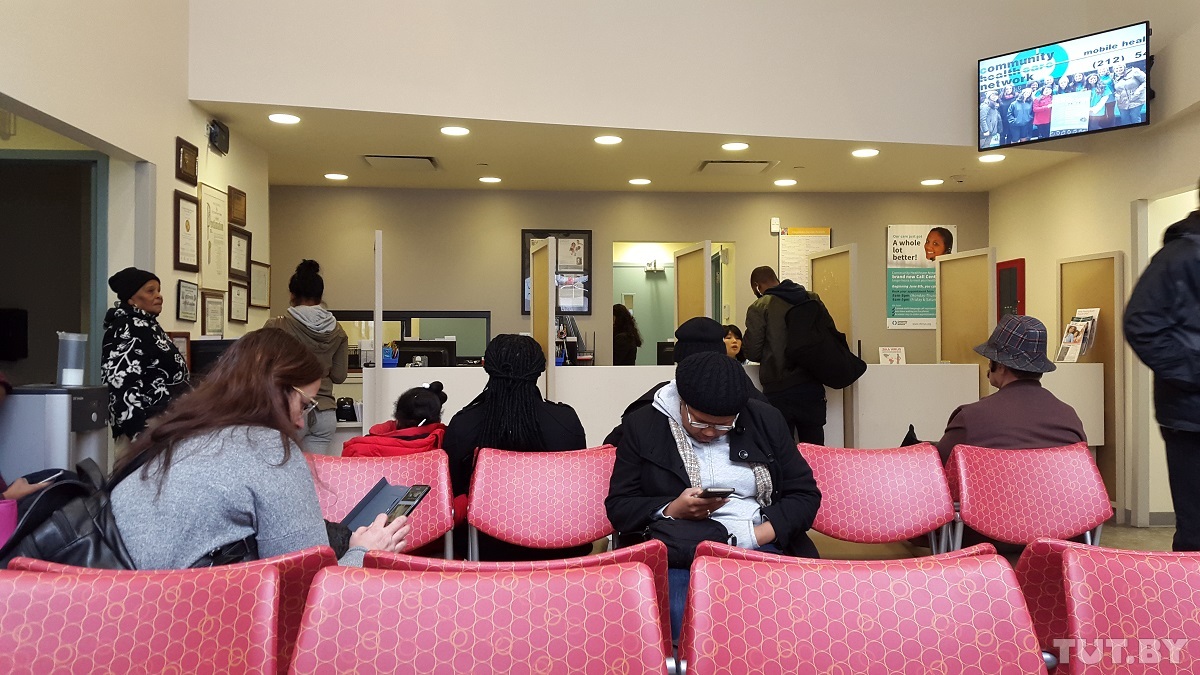
At the new place of work - in the spa - employers did not care if I had insurance or not. I already sighed with relief that I would not have to make this empty monthly waste, as one of the employees clarified that after filing the taxes (the residents and citizens of America fill out the income statement every year) I will have to pay a penalty for the lack of insurance. Something about 700 dollars.
As a result, I have issued the cheapest medical insurance that I could find - 129 dollars per month, including the services of a dentist. Needless to say, the whole year I was distinguished by horse health, and I turned to the doctor only once: when I had an allergic rash on my nerves.
I paid 35 dollars for the visit to the doctor (even with insurance you pay part of the cost of the consultation), but the insurance prescribed by the doctor did not cover the insurance. When the pharmacist took out a tube and voiced its cost - 400 dollars - my legs buckled.
The rash was unbearable, I had blisters on my face from scratching, but I had to give a few hundred for the cream ... My sister saved the situation, who was visiting me at that time. She had with her ointment, bought in Moscow. Cheap but effective means. Someone treats her dermatitis, someone eczema. I decided that I had nothing to lose, even if it would remove the itch. He thickly smeared his face with an ointment, prayed, went to bed and woke up with practically healthy skin. For three days of using the ointment, the irritation was completely gone.
Fee fell - get free!
Everything changed when I decided to continue my studies and entered the magistracy. Now I have worked not five, but three days a week. Plus took a loan for training. So I got the right to a special insurance plan, according to which I am not paying for anything. At first it sounded like science fiction, I could not believe my ears. But then came the need to visit an endocrinologist, check hormones. The doctor sent for a blood test, according to his results, prescribed the drug in pills, which I need to take daily. I did not pay a cent, and only for tablets (most of the cost of which is covered by my insurance plan) I pay two dollars a month.
How does the clinic
Medicine in the United States is a private sector, with computer technology playing an increasingly crucial role in it. Let's say you have a strange rash on your body. You can:
a) make an appointment with a private doctor;
b) make an appointment with a doctor at a medical center where you are being monitored;
c) using a special mobile application, call a private doctor at home;
d) create an account in another mobile application and chat with a doctor for money via Skype or via SMS messages.
The latter sounds like a joke, but the service is actively advertised in the metro and social networks, and seems to be popular. You are offered to take a photo of the rash on the phone and send it to the doctor, and he will conclude and even write out a prescription on the basis of this picture and conversation with you.
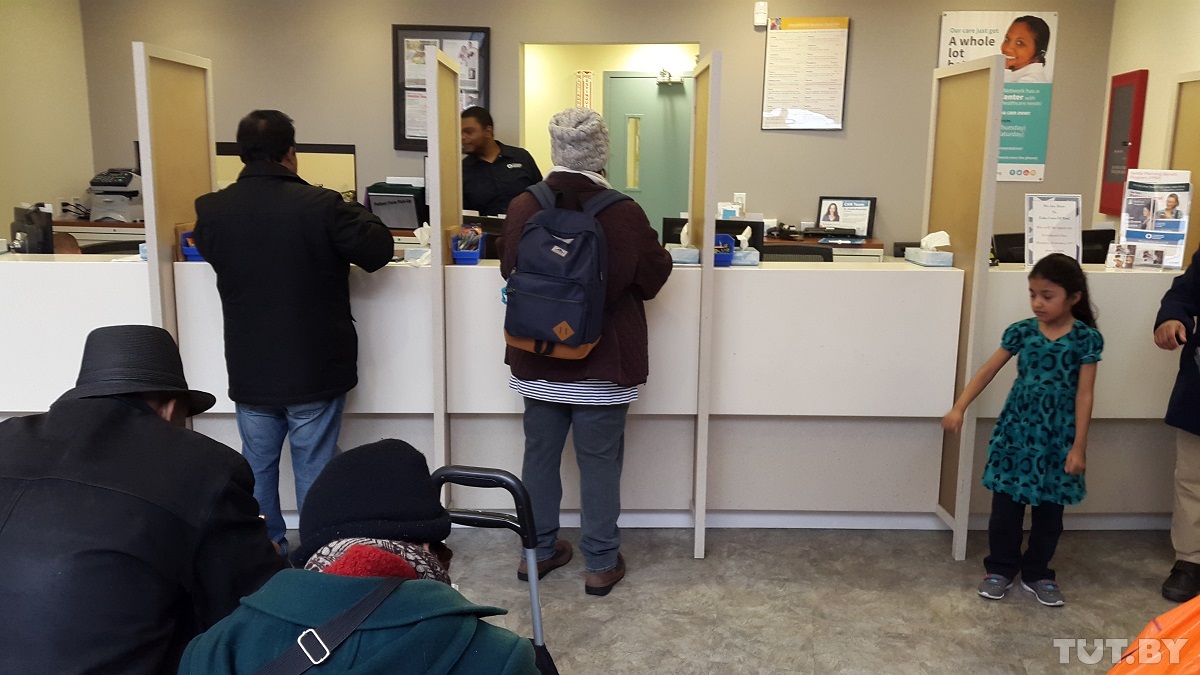
You can get an appointment with a private doctor if he accepts your insurance. You can find out by a couple of clicks - scoring the name of your insurance plan on a special site and receiving information about doctors (primarily those who are closer to your place of residence or work) working with your insurance. There will be listed phone numbers, addresses, reception time, free “windows”, patient reviews about this doctor. Book a visit to the doctor can be right there on the site, entering information about yourself and your condition (allergies, vaccinations, chronic diseases, etc.).
Under our concept of “polyclinic”, the most suitable is the public (or is it more correct to translate from English - community?) Medical center, where I serve in the community.
The Communal medical center, like the Communal college, differs from the private one in that it is funded by the state and works with the most vulnerable people like me.
The first thing that catches your eye is the lack of queues. That is, there is a queue, but out of four or five people maximum and move very quickly. The second is the friendly and calm, respectful tone of the female receptionist. Sometimes I watched as visitors tore their anger or irritation. And no retaliatory rudeness! Christian tolerance, politeness and compassion.
In the windows of the registry is a tray with free condoms - take what you want, without asking. There is also a wellness schedule. Wellness in the community medical centers (after all, “community” conveys the essence of the institution more) is free.
There are classes in yoga, meditation, healing sounds and even Reiki!
Reiki is an ancient spiritual practice when a master (instructor) corrects your energy by contact (by touching the chakras) or remotely. It was a revelation for me to learn that Reiki in America is a common practice, a short chapter on Reiki was even in my textbook on cosmetology. No one here treats this as a cult. Rather, as an effective way to manage pain and stress. Healing by sound is working with an instructor who teaches patients throat singing, plays different outlandish instruments while you lie on a mat in a dark room lit by candles, and try to abstract from what you eat. Oh, if at least some of this was available to the patients of Belarusian clinics! I have no doubt that it would help a lot of people better than tablets and droppers.
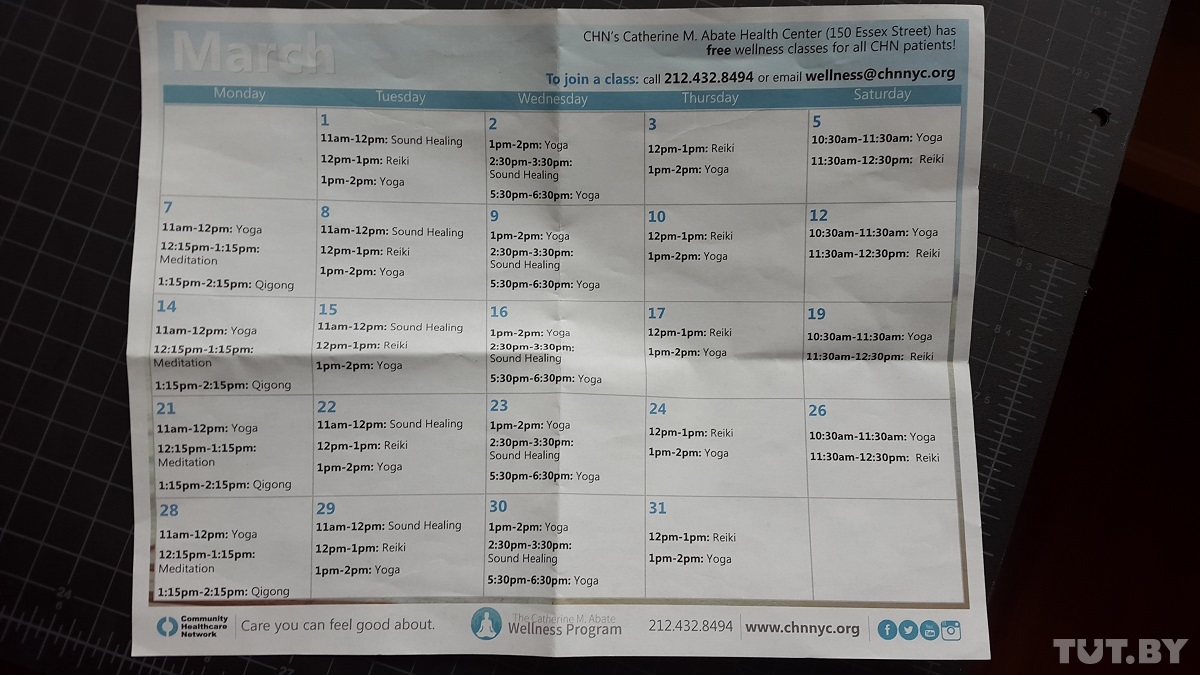
Now a little about how the reception. You sign up for it on the phone at a convenient time for you, and not having stood in a queue at the registry for a coupon. The day before the appointment, they will call you and remind you of him. If you do not get through, send a letter with a reminder (I'm serious!).
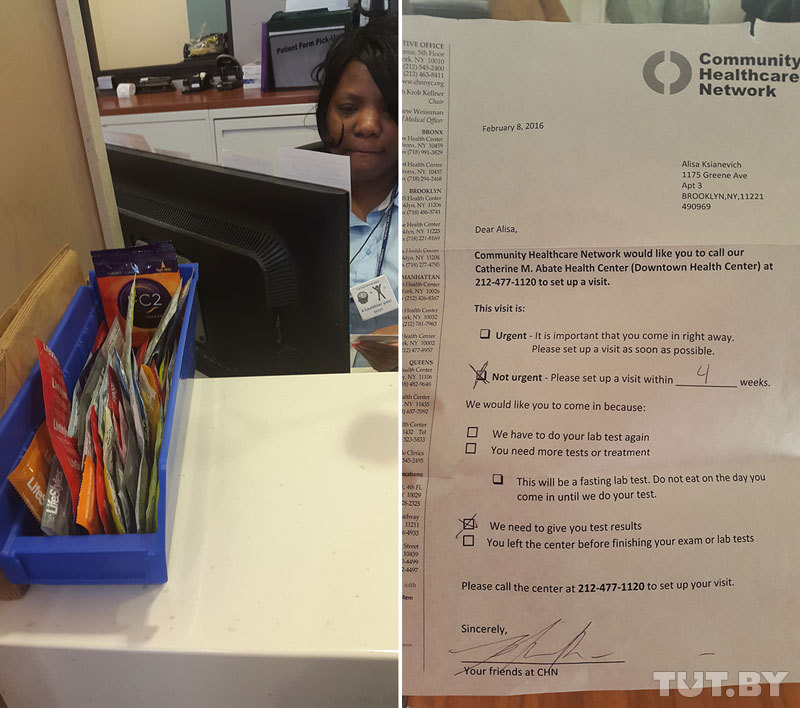
You come to, say, 14.30 to the medical center, stand in a queue for five to seven minutes, give the registrar a health insurance card, she quickly checks the information and tells you to wait for the call of a medical assistant. After some time an assistant appears, calls your name and leads you to a room where he measures pressure, weight and temperature (a microradus is inserted into the ear opening).
If you are to have a gynecological examination, you will have to answer a dozen or two other questions, including: “Do you have brothers and sisters?”, “Do your parents suffer from chronic diseases?”, “Do you sometimes feel in anguish and Despair and how often does this feeling roll on you? ”,“ How many alcoholic drinks do you drink per week? ”.
I decided to answer the last question honestly - 2 − 3 - and an additional five questions immediately popped up on the assistant’s computer screen: “Why do you drink?”, “Can you last a week without alcohol?”, “Have your friends concern that you drink too often? ”,“ Does alcohol affect your ability to have sexual pleasure? ”.
After a detailed inquiry, you are taken to the doctor’s office, which conducts the examination. Doctors are dressed informally - someone in jeans, someone in a playful lilac sweater and a colorful skirt ... Such as in the movie - so that doctors wear shirts and ties under their robes - I did not see. Perhaps, in the elite medical centers everything is just like that. My doctor can make a joke on the subject of a difficult personal life in New York, ask where I am doing laser hair removal and whether they do discounts for new clients in the salon where I work, otherwise she has long wanted to try peeling ...
In general, a visit to the medical center takes no more than an hour. If the doctor prescribes medicine for you, then sends the information to the pharmacy (you give the address of the pharmacy yourself, I chose the one that is closer to work), and the pharmacy already informs you by phone or via SMS that your medicine is ready and you can go for it. You can also order a service so that the medicine from the pharmacy will be delivered to your home (it is free), but I do not use it because it is difficult to find me at home.
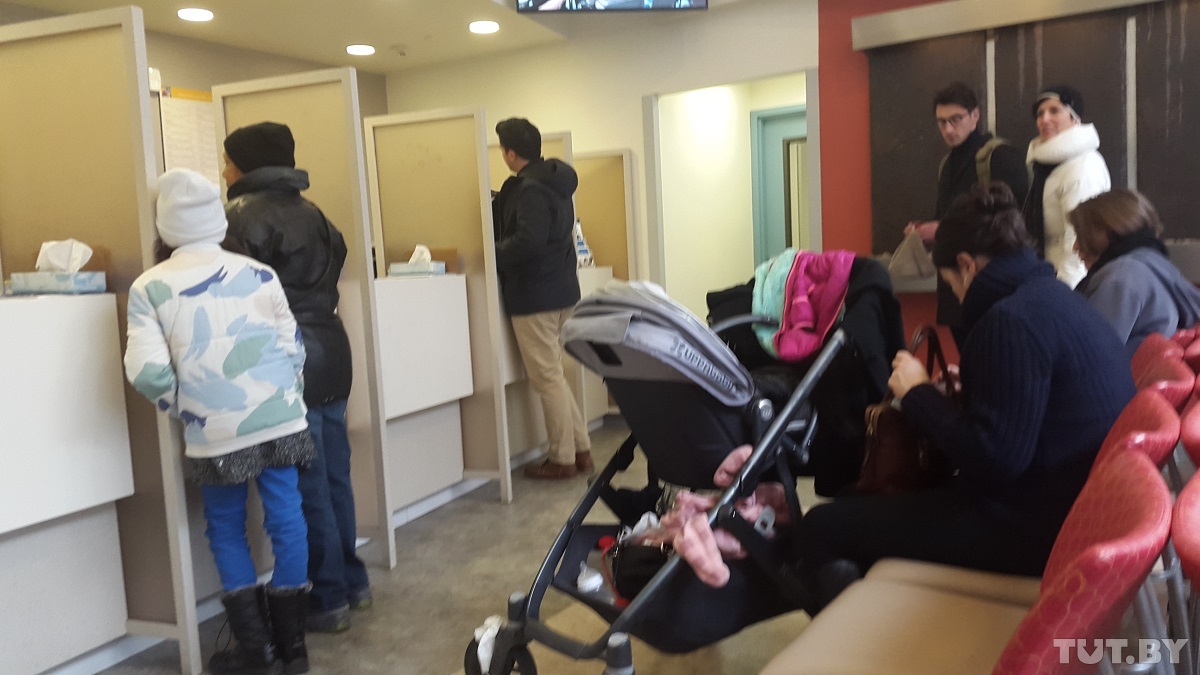
Summing up, I will say that the system of medical care in America, of course, is not entirely fair. According to 2015, about 44 of millions of Americans do not have health insurance, 38 of millions also use insurance that covers only a small part of their treatment costs or does not cover them at all (as was the case with rash cream in my case). This means that about a third of the population of this country cannot afford to get sick, and if they feel unwell, they are pulling to a doctor until the last moment. This translates into disability and death. You can learn more about this by watching a documentary film by Michael Moore Sicko.
Many, living in the US and having insurance, go to operate and treat their teeth in the country where they come from. So do I, my French neighbor, a friend from Canada ...
With each presidential election, people are hoping for changes in health care and education systems - the two most costly areas. Who knows, maybe someday I will be able to safely ski in Vermont, without worrying that in case of an injury I will fall into a financial tailspin. In the meantime, the topic of skis, bicycles is closed for me. Even on the trampoline to jump somehow scary. Well, the nervous rash I still lacked. Breathe deeply - exhale.
As a reminder, some US residents are eligible for both Medicare and Medicaid health insurance benefits. Medicare covers seniors 65 years of age and older and people 65 and older with disabilities. Medicaid helps people with low incomes pay for their health care costs. Link - three important things that those who are eligible for Medicare and Medicaid should know at the same time.




